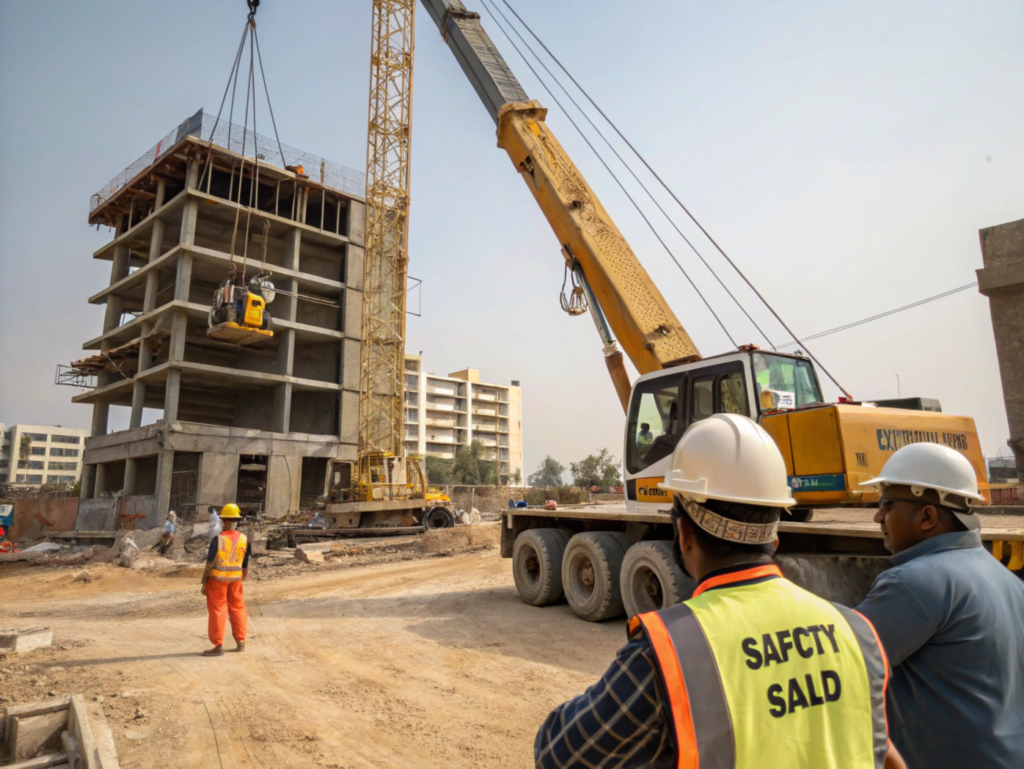I’ve seen overloaded lifting gear turn a good day into a safety incident in seconds.
Ignoring Safe Working Load (SWL) can result in dropped loads, damaged equipment, serious injuries, and legal liabilities on construction sites.
One project I worked on was delayed by three days just because someone used a sling with no verified SWL.
[Table of contents]
- What are the common rigging mistakes in construction lifting?
- What happens if the Safe Working Load is exceeded?
- Why is SWL important for site safety?
- Can ignoring SWL cause legal or financial issues?
- How can we avoid overloading and rigging problems on site?
- Conclusion
What are the common rigging mistakes in construction lifting?
Most construction accidents I’ve investigated came down to simple rigging errors.
Typical mistakes include mismatched slings, worn-out hardware, and ignoring load angle corrections.
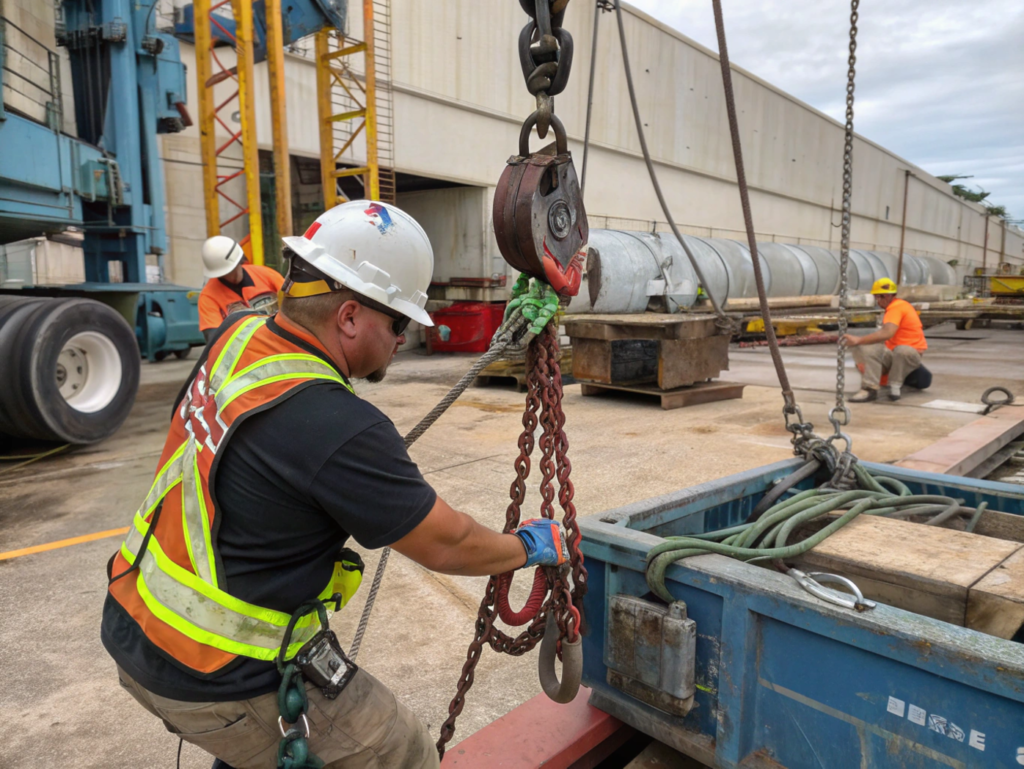
Dive Deeper
Some real-world rigging mistakes I’ve seen:
- Skipping SWL checks during daily inspection
- Choosing chain slings without verifying lifting angle adjustment
- Using slings with illegible or missing tags
| Mistake Type | Consequence |
|---|---|
| No SWL Verification | Equipment overload and failure |
| Improper Hitching Angle | Uneven load distribution |
| Damaged Lifting Gear | Sling breakage mid-lift |
These mistakes can seem minor but have big consequences on multi-ton lifts.
What happens if the Safe Working Load is exceeded?
You might get away with it once—but not twice.
Exceeding SWL increases the risk of snapped slings, toppled cranes, and falling loads.
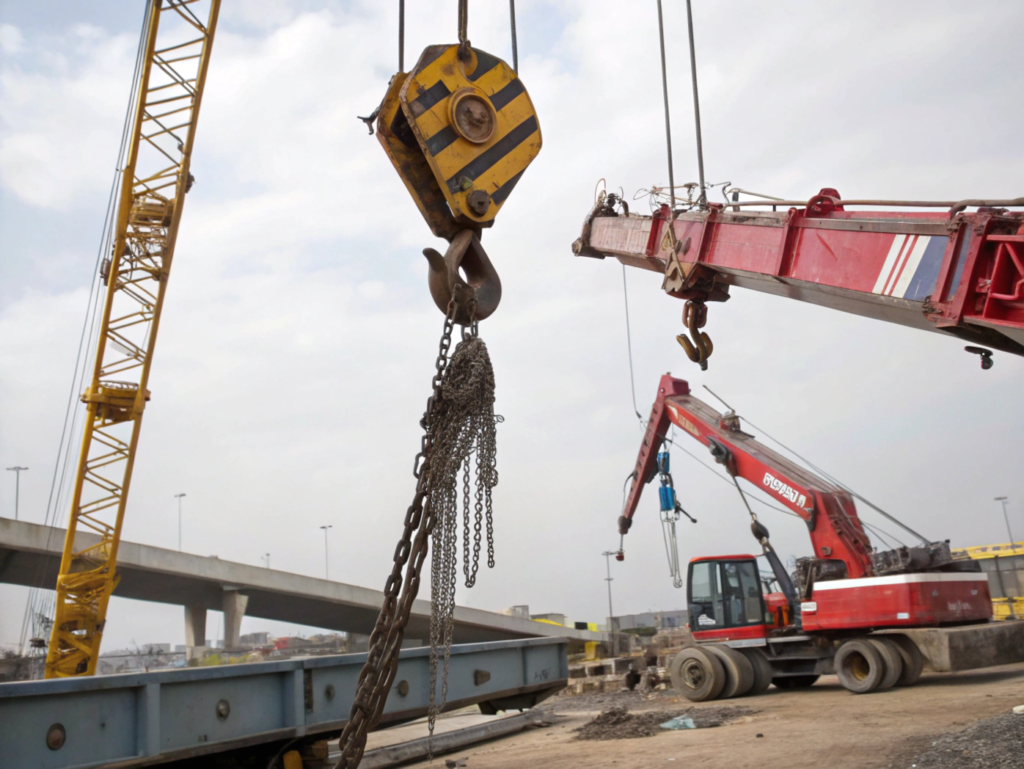
Dive Deeper
When SWL is exceeded:
- The lifting gear may deform or break
- The lifted object might swing or crash
- Workers nearby are placed in danger zones
Here’s what OSHA says:
“Most rigging accidents occur when equipment is used outside of its rated capacity or condition.”
The worst part? You often can’t tell from the outside that a sling or shackle is under too much stress—until it fails.
Why is SWL important for site safety?
Rigging safety starts with respecting one number: the SWL.
SWL ensures your lifting system is working within a controlled, certified limit.
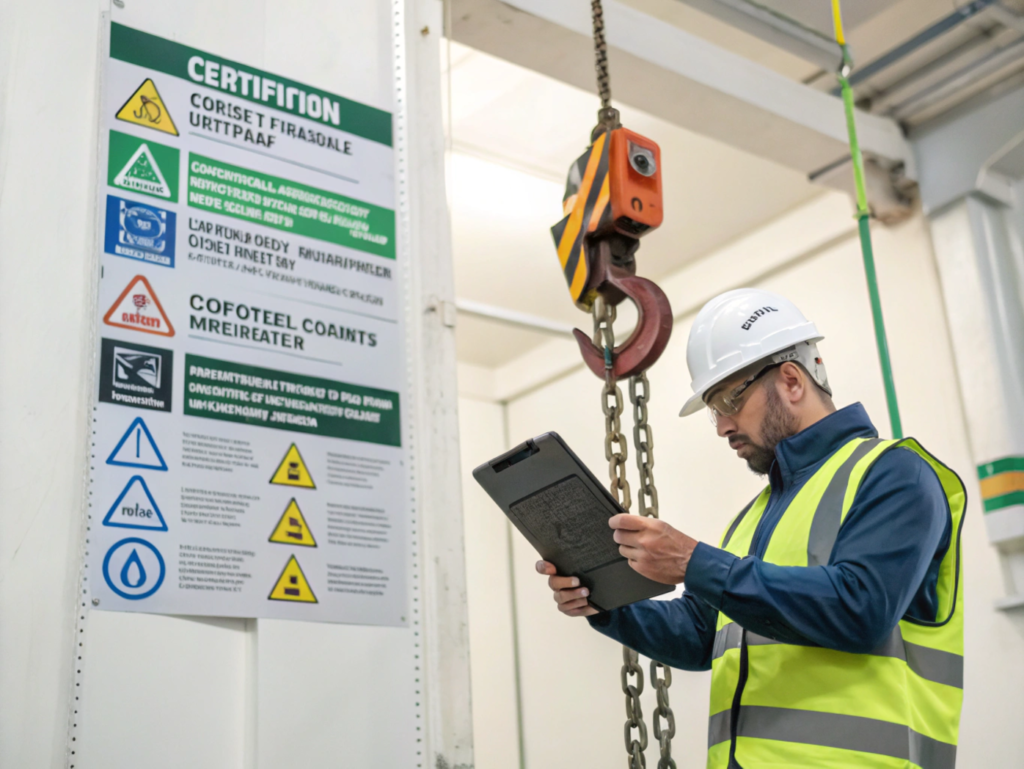
Dive Deeper
When everyone on site follows SWL guidelines:
- Loads are balanced and stable
- Rigging gear works within its engineered design
- Safety compliance becomes easier to document
I once reviewed a safety audit where 90% of flagged issues came from undocumented or ignored SWL checks.
SWL isn’t optional—it’s a baseline.
Can ignoring SWL cause legal or financial issues?
Beyond injuries, ignoring SWL can hit your budget and your brand.
Overloading rigging equipment can lead to fines, lawsuits, and costly project delays.
Dive Deeper
Real consequences I’ve seen in my projects:
- Insurance claims denied due to improper equipment use
- Project delays from stop-work orders after a lifting incident
- OSHA fines for non-compliance or lack of load verification
| Risk Area | Potential Cost |
|---|---|
| Legal Liability | $10K–$100K+ per incident |
| Project Delay | $20K–$50K+ per day lost |
| Equipment Damage | Replacement or repair cost |
Think about it this way: verifying SWL takes 2 minutes. Court cases? 2 years.
How can we avoid overloading and rigging problems on site?
We don’t need luck—we need process.
Stick to SWL charts, inspect every sling, and train every rigger on safe load limits.
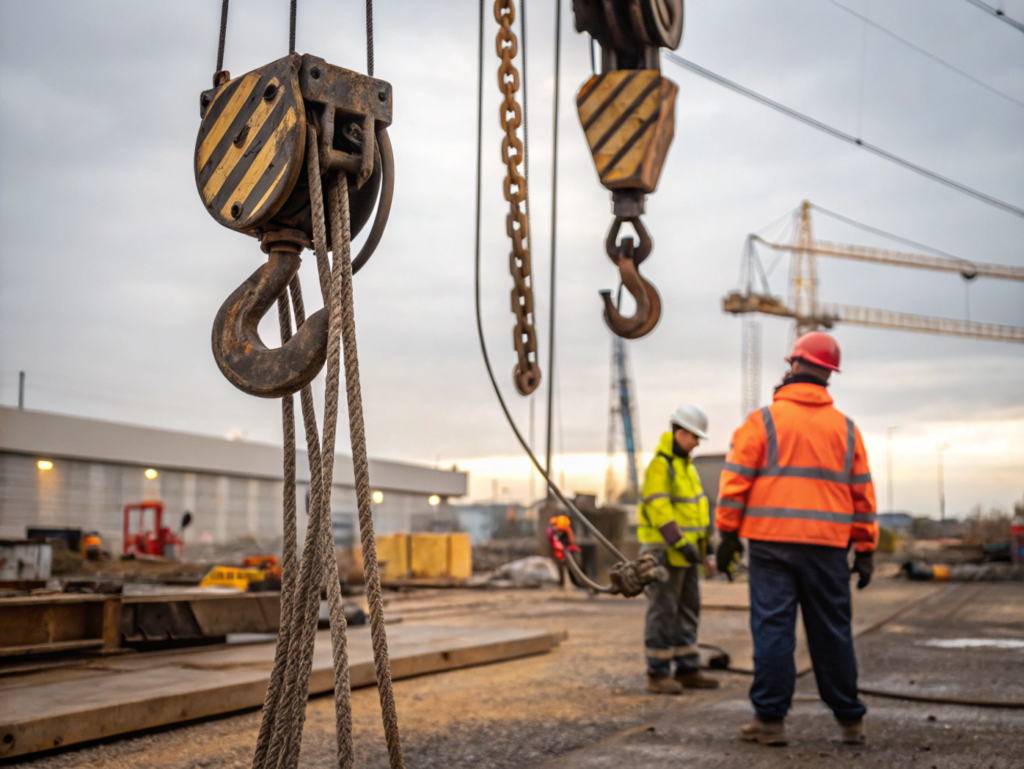
Dive Deeper
Here’s the checklist I recommend on every job site:
- ✅ Confirm the load weight before lifting
- ✅ Match gear using SWL/WLL charts
- ✅ Adjust for sling angle (use cosine correction)
- ✅ Replace damaged, unlabeled, or rusted components
- ✅ Train workers on identifying safe vs. unsafe loads
And here’s a quick SWL chart reference for chain slings:
| Chain Size (mm) | Vertical SWL (t) | 2-Leg @ 60° (t) | 4-Leg @ 60° (t) |
|---|---|---|---|
| 8 | 1.5 | 2.1 | 3.2 |
| 10 | 2.5 | 3.5 | 5.3 |
Print these. Laminate them. Post them by the lift zone.
Conclusion
Ignoring SWL doesn’t just cost money—it costs safety.

